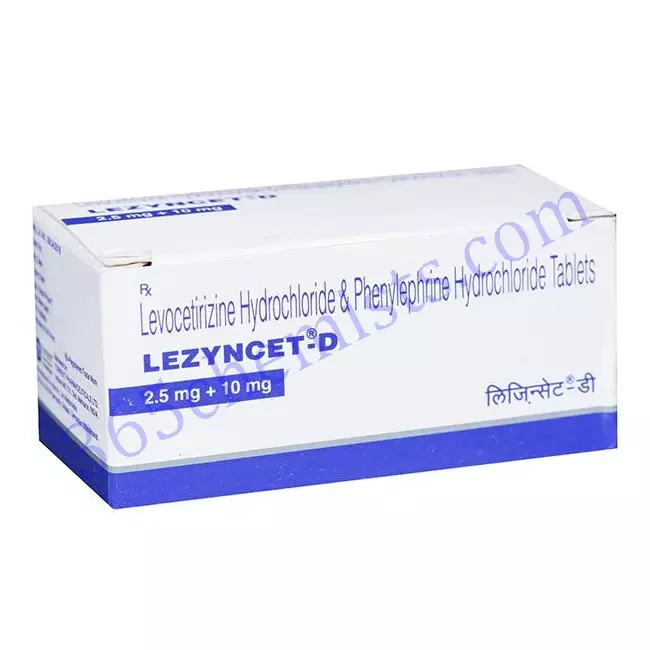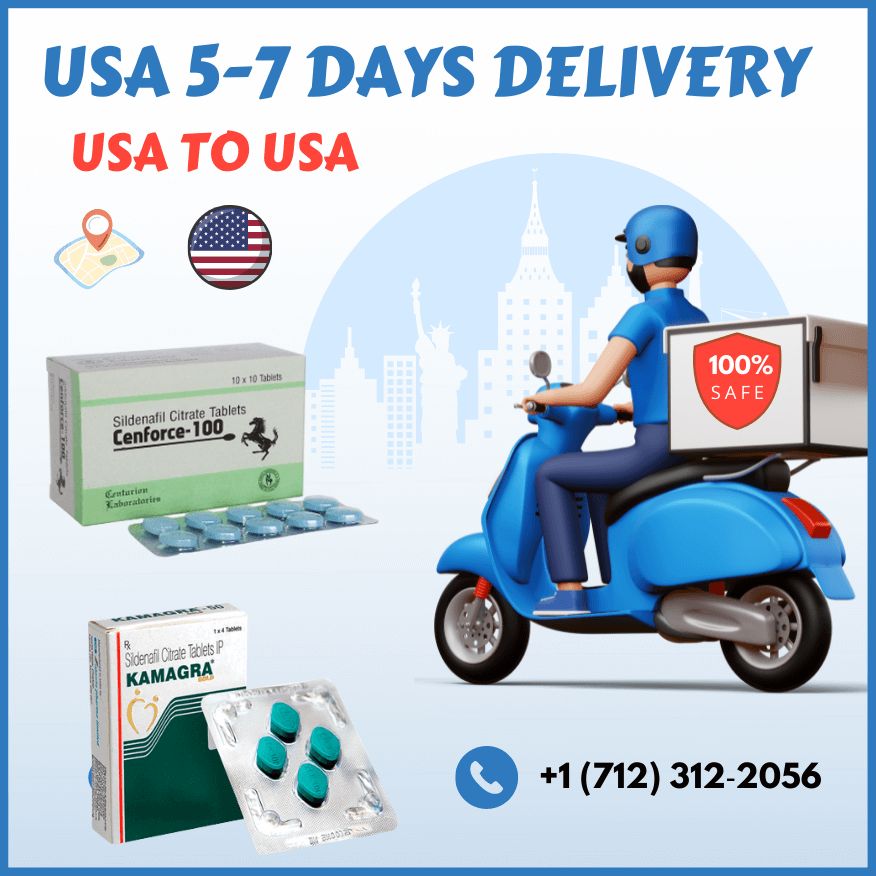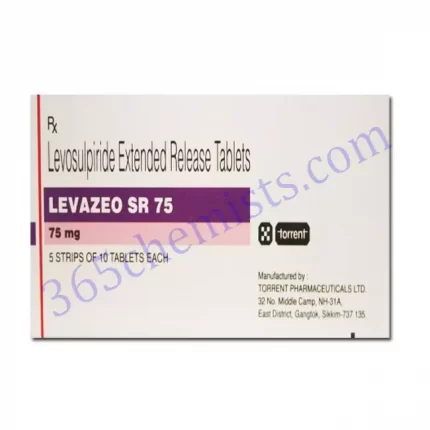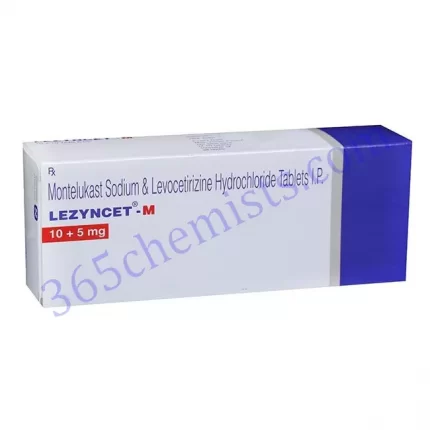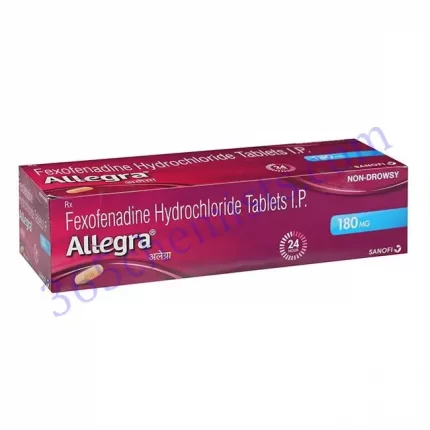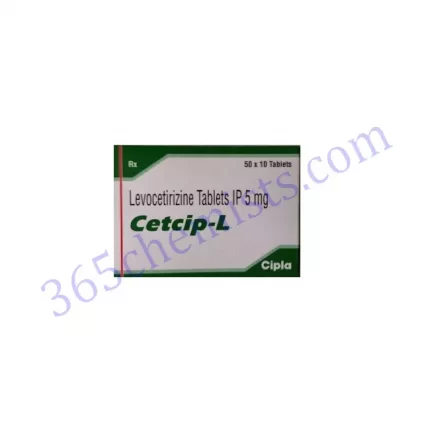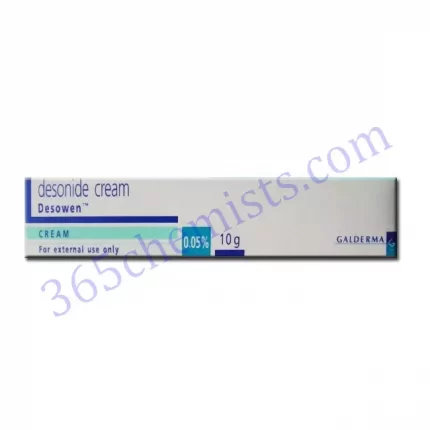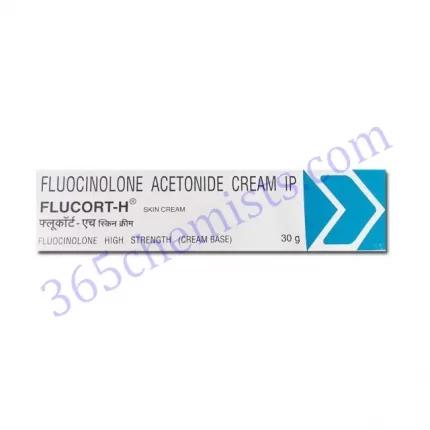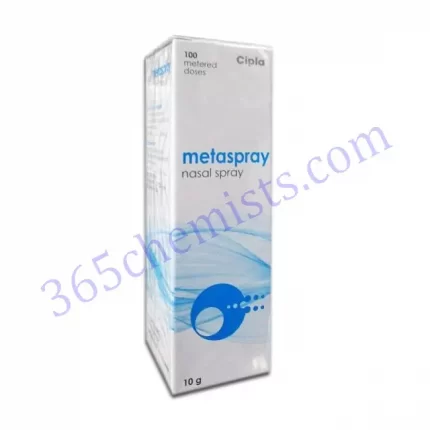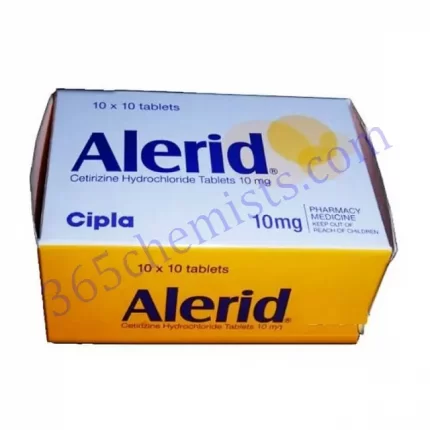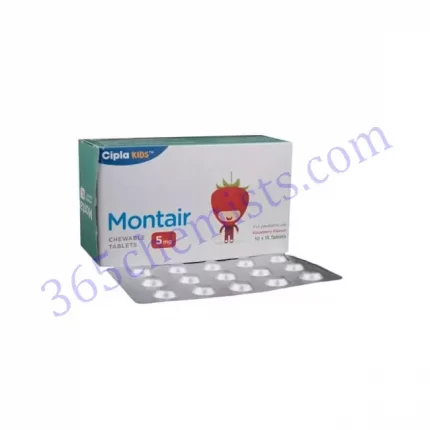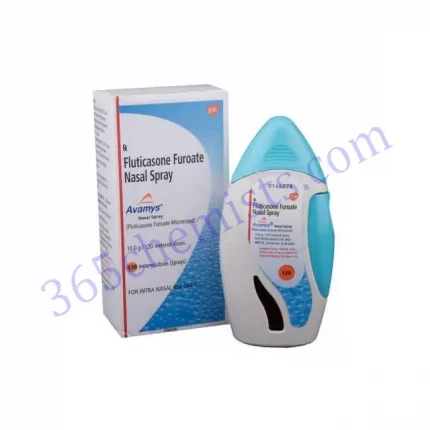Introduction to Lezyncet D Tablet
Levocetirizine and phenylephrine are the two active components in the combination drug Lezyncet D Tablet. This tablet is frequently used to treat allergic diseases’ symptoms, including allergic rhinitis and nasal congestion. Let’s examine how each element functions and how it helps to reduce these symptoms.
A second-generation antihistamine called levocetirizine works by preventing the effects of histamine on the body. Sneezing, itching, runny nose, and watery eyes are just a few of the symptoms caused by histamine, a natural chemical that is released during an allergic reaction. Levocetirizine inhibits histamine receptors, alleviating these signs and symptoms and easing allergic rhinitis.
A nasal decongestant called phenylephrine works by narrowing the blood channels in the nasal passages. This restriction relieves the stuffy or blocked feeling in the nose and helps to clear up nasal congestion. When used locally, phenylephrine temporarily relieves nasal congestion brought on by allergies.
How to Use Lezyncet D Tablet
Lezyncet D Tablet should be taken orally in accordance with the doctor’s instructions. Usually, it is taken with water, ideally right after a meal to reduce the chance of stomach trouble. Depending on the patient’s age, health status, and response to the drug, the dosage and length of the course will change. It is crucial to adhere to the recommended dosage and not use the medication for longer than is advised.
Warnings and Potential Negative Effects
It is crucial to let your doctor know about any pre-existing problems, continuing drugs, or allergies before taking Lezyncet D Tablet. This will ensure the drug is used safely and effectively. Consider the following safety measures as well:
- Levocetirizine and phenylephrine both have the potential to make some people drowsy or dizzy, therefore avoid using machinery or driving. It is advised to stay away from mental-demanding activities until you are familiar with how the medicine affects you.
- Limit your alcohol intake because it can make Levocetirizine’s sedative effects worse and cause you to feel more sleepy. Alcohol use should be avoided or kept to a minimum when taking Lezyncet D Tablet.
- Follow the suggested dosage: Exceeding the recommended dose can increase the risk of side effects without adding any additional benefits. Observe the directions on the product label or those offered by your healthcare provider.
Lezyncet D Tablet, like many medications, might have negative effects. Drowsiness, dry mouth, headaches, and raised blood pressure are typical adverse effects of this drug. These negative effects are often minor and short-lived.
Consult your healthcare practitioner for additional assessment and advice if you have any negative side effects that are severe or persistent, or if you have any worries or inquiries.
Related Product
Lezyncet 5mg Tablet
Lezyncet M Tablet
Lezyncet D Tablet
Important Considerations
Although Lezyncet D Tablet is typically safe and effective, there are a few crucial factors to remember:
- Pregnancy and breastfeeding: Before using Lezyncet D Tablet, it is imperative to talk to your doctor if you are pregnant, trying to get pregnant, or nursing a baby. They can evaluate the advantages and disadvantages and decide whether it is appropriate for you.
- Medical conditions: Be sure to let your doctor know if you have any existing medical conditions, such as diabetes, thyroid disorders, thyroid diseases, high blood pressure, or kidney or cardiovascular disease. If required, they can prescribe different medications or change the dosage after assessing any potential interactions.
- Drug interactions: You must be completely honest about all of your current medications, including prescription, over-the-counter, and herbal supplements. Levocetirizine or phenylephrine may interact with some drugs, such as monoamine oxidase inhibitors (MAOIs), resulting in undesirable side effects or decreased efficacy. Your healthcare professional can advise you on any modifications that could be required or possible interactions to be aware of.
- Age restrictions: For safe usage, Lezyncet D Tablet may have special age requirements. Make sure to adhere to the suggested age ranges, and ask a healthcare professional for dosage recommendations for children.
Tips for Safe and Effective Use
Consider the following advice to maximise the advantages and reduce the hazards of using Lezyncet D Tablet:
- Take the drug as suggested by your healthcare professional, according to the recommended dosage. Without their advice, do not go over the advised dosage or usage time.
- Take Lezyncet D Tablet with food and water: It is recommended to take Lezyncet D Tablet with food and water to reduce the risk of stomach discomfort.
- Organise properly: Keep the medication out of direct sunlight and moisture in a cool, dry area. Observe any particular storage guidelines listed on the packaging.
- Follow the prescribed course of action: Consistency is essential for the best symptom relief. Even if you feel better after taking the medication, continue to take it as directed. Consult your healthcare practitioner if you have any concerns or questions about the treatment plan.
- While Lezyncet D Tablet side effects are often minor, it’s vital to be on the lookout for any unusual or serious responses. Discontinue the drug and seek medical help if you notice any alarming symptoms.
Conclusion
A combination drug called Lezyncet D Tablet efficiently treats allergic diseases’ symptoms, including allergic rhinitis and nasal congestion. It combines the nasal decongestant actions of phenylephrine with the antihistamine qualities of levocetirizine. Lezyncet D Tablet relieves sneezing, itching, runny nose, and nasal congestion by inhibiting histamine and narrowing nasal blood vessels. It is crucial to take the prescription as prescribed, observe safety precautions, and seek medical assistance when necessary for tailored guidance.

